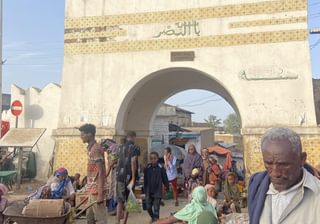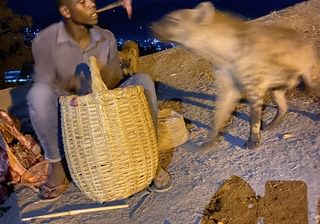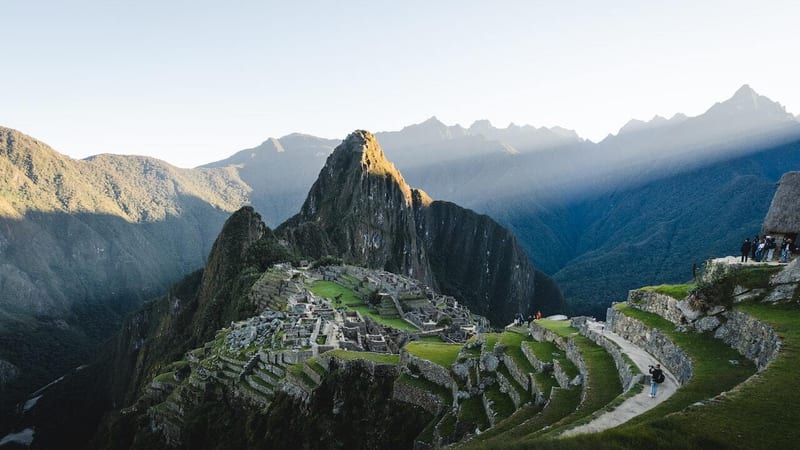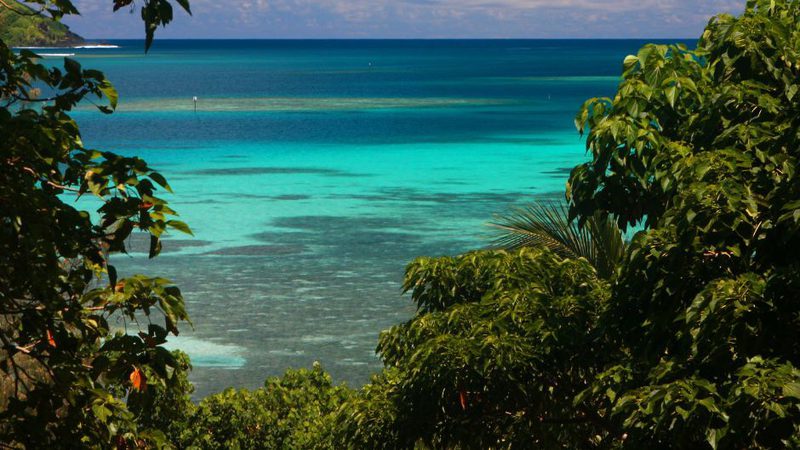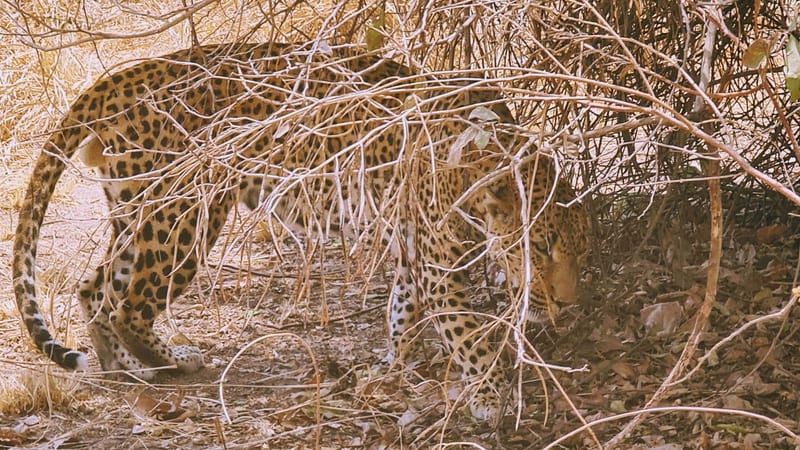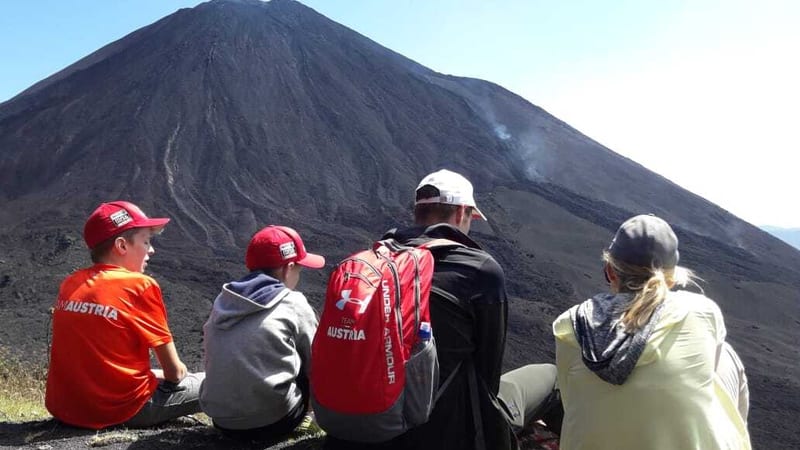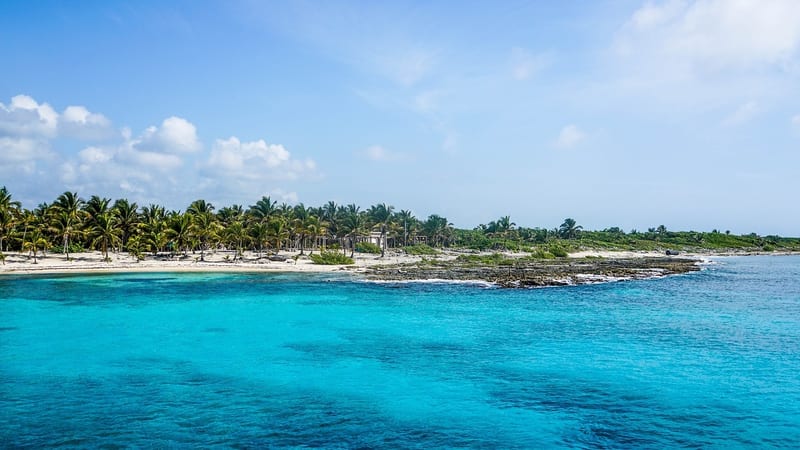Travellers tales: explore Harar like a local
Cultural immersion in Ethiopia’s mesmerizing ancient Muslim capital
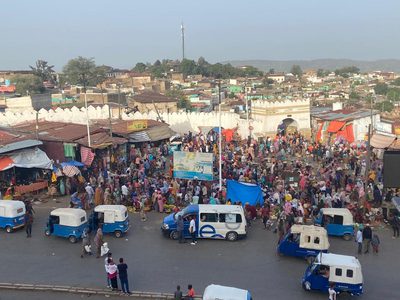

Ben, our Founder, visited Harar in mid 2022 with his Mum, Aunt and Uncle, below he shares his tips for visiting the Muslim capital of Ethiopia.
The ancient walled city of Harar is the Muslim capital of Ethiopia, and after Axum in the north, it is the next oldest settlement in Ethiopia. These are just the headlines, there is so much more to Harar than just that.
It’s a captivating example of what makes the wider ‘Ethiopia experience’ so engaging – a colour and energy in daily life but without the sense of threat that often comes with it in other African countries – a stupendously fascinating culture layered with multiple subcultures – curious and often surprising historical interludes – and all wrapped up in the embrace of a relaxed and welcoming people.
If you are planning a trip to Harar – the best advice I can give is to try and experience it as immersively as you possibly can.
Take my word on this… if you use the mantra; eat like a local, travel like a local, sleep like a local – you will emerge for a 2 or 3 day visit to Harar completely and utterly delighted. Not to mention enriched, excited and relaxed.
Eat like a local, travel like a local, sleep like a local.
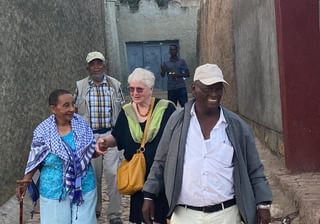
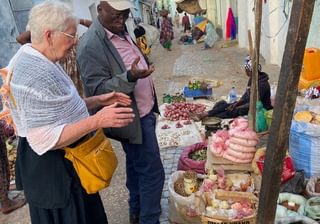
Eat like a local.
For many, the traditional local cuisine of Ethiopia is a real highlight. Its distinct flavours and signature injera (a savoury pancake made from a fermented flour and yeast starter – not unlike sourdough bread) have been exported successfully to the four corners of the world. Most decent-sized cities in Europe or the US will have an Ethiopian or Eritrean restaurant… in fact, many people fall in love with the cuisine of the region long before they ever set foot in the country.
If you are one of these people, then there are two restaurants in Harar to head to. The first is at the Ras Hotel, and the second is called Fresh Touch They aren’t classic examples of the genre – but they are good enough. Doro Wat, Kitfo, Shiro and Gomen have all been enjoyed by this author at these two places.
Travel like a local.
We usually use a modern minibus to transport customers from the nearest airport at Dire Dawa to Harar. Although only a relatively short distance, the transfer takes nearly 2 hours – and a comfortable minibus is perfect for the job – both from a comfort perspective, but also because its high windows let you take in the interesting scenes from daily life going on for almost all the journey.
But when you get to Harar there is another option. Short journeys around town can be done by Bajaj – the local name for the hundreds of tuk-tuks that buzz around town. Of course, this won’t be everyone’s cup of tea – and if that’s you… the minibus is on hand. However for me and my family, these short, slow and simple journeys, with warm air in our faces, the sounds and smells of the town heightening our senses, and the buzz of an animated driver excited by the novelty of a foreigner in the cab – were really quite enjoyable.., exhilarating even.
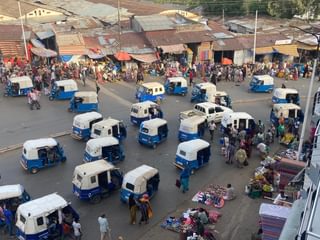
Sleep like a local.
This is where Harar gets seriously cool.
One of the most interesting things you learn about on a walking tour through Harar’s walled city of Jogol (what the locals call it) – is the design of the traditional homes.
They all follow a near identical design – comprising of a set of 4 to 6 rooms that lead off a central courtyard – the most important of which is the unique lounge area. These lounges (there must be a better word as they have nothing in common with my lounge at home, that’s for sure!) comprise of a raised multi-level seating area that takes up about two-thirds of the floor space. Carpeted and cushioned, and surrounded by lavishly decorated walls – they are quite a spectacle and are instantly inviting.
The custom is for the eldest in the household to occupy the highest level of the lounge, with the youngest at the lowest. Additionally, there is a particular corner where traditionally the host reclines. Among the many other common features found in all these ‘lounges’ are a spear holder, red paint applied to the base of the raised seating area, a carpet rack and a shelf with four preserving pots… and I’m sure there are many others.
Apart from the lounge, these traditional homes have three or four bedrooms, two separate bathrooms, and often a separate food preparation area.
Anyway – getting to my point – one of the accommodation options, when you visit Harar, is staying in one of these houses. At the time of writing, within Jogol – the walled city – there are four traditional homes that operate as guesthouses. They can accommodate as many as 10 people – though 4 to 6 adults is probably the most comfortable. In most cases I would recommend booking them exclusively – even it if is just for two people – simply on account of the small sizes of the rooms and communal areas.
The best known of these is Rowda Waber Guesthouse – and this would be my pick. But around the corner and run by a branch of the same family – Zubeydah Waber Guesthouse is also great.
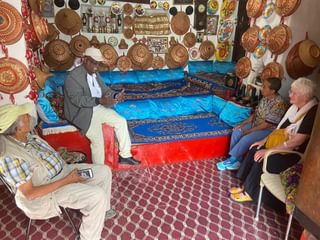
Does Ethiopia currently feel safe? We asked Ben's mum how she found it.
“I found Addis to be much the same as it was the last time I visited in 2018. I expected to find a noticeably heightened state of security – but apart from odd conversations with taxi drivers - there was no evidence of the civil unrest in the north of the country.
This trip with Ben reminded me what a big country Ethiopia is… the last time I was here was to see the historical sights of Axum, Lalibela, Gondar and Lake Tana – all to the north of Addis. On this trip, we headed to Harar in the east and then down to the Omo Valley in Southern Ethiopia…. and they were both worlds apart from each other, and from the historical circuit in the north. It felt like we were in a different country, perhaps not surprisingly given that Harar is as far away from Axum as London is from Prague.
Harar is the spiritual heart of Ethiopia’s ancient Islamic culture – I loved how different this was to fast-paced cosmopolitan Addis – and once we got to Omo Valley it was all change again. This region felt very much like the region of South Sudan that I spent more than a decade working in during the 1980s – a very special enclave of Africa. And one that feels more ‘African’ than specifically Ethiopian. Anyway, I’m getting distracted, I was asked to comment on whether I felt safe visiting Ethiopia given the tensions in the northern Tigray region. The answer was overwhelming yes. Of course, it helped to have the whole trip organised by Ben – but that I suppose is what all Far and Wild customers would get anyway.
Ironically what elevated our trip from ‘good’ to really special – was the very thing that you’re asking me about… the civil unrest is keeping tourists away from the whole of Ethiopia, not just the north, and this created a rare opportunity to enjoy two of Africa’s great cultural experiences in what felt to me like a totally natural way – untainted by the compromises that so often accompany the interface of tourism and unique cultures. “
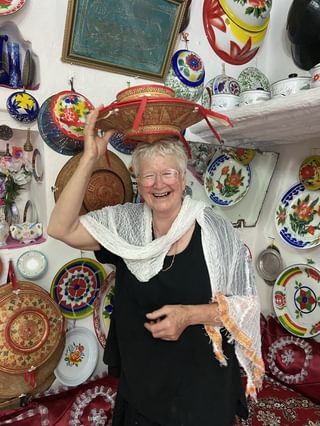
BORING BUT IMPORTANT
Best way to get to Harar is via a short 1-hour flight from Addis – then a 2-hour transfer (which flies by as there is plenty to see on the way).
How long to stay in Harar; 2 nights is good, or if you include visiting Dire Dawa and some of the sights around Harar - then 3 nights may be required.
How much; two nights in Harar, with flights to/from Addis, all accommodation, transfers and meals + a private guide – expect to pay about £500 / US $ 600 per person.
Who are the best guides for Harar; It is important you have a guide from Harar – born and bred. Abdul and Haile would be our recommendations – ask me about both and I’ll be able to tell you which of the two might suit you best. Take a look at our Q&A with them here.
Best restaurants in Harar; strangely for such a busy and relatively large city, in a country that is known for its cuisine, there aren’t any standout restaurants. The two mentioned above are the pick… but there is a big gap in the market for any budding restaurant entrepreneurs.
Best hotels in Harar if homestays aren’t your thing; again, like the situation with its restaurants – there aren’t any particularly exciting hotels in Harar. The Grand Gato and the Ras Hotel are probably the best options – neither will set your world on fire. But if you read this and expect very little, then you might just find they are pleasantly acceptable.
